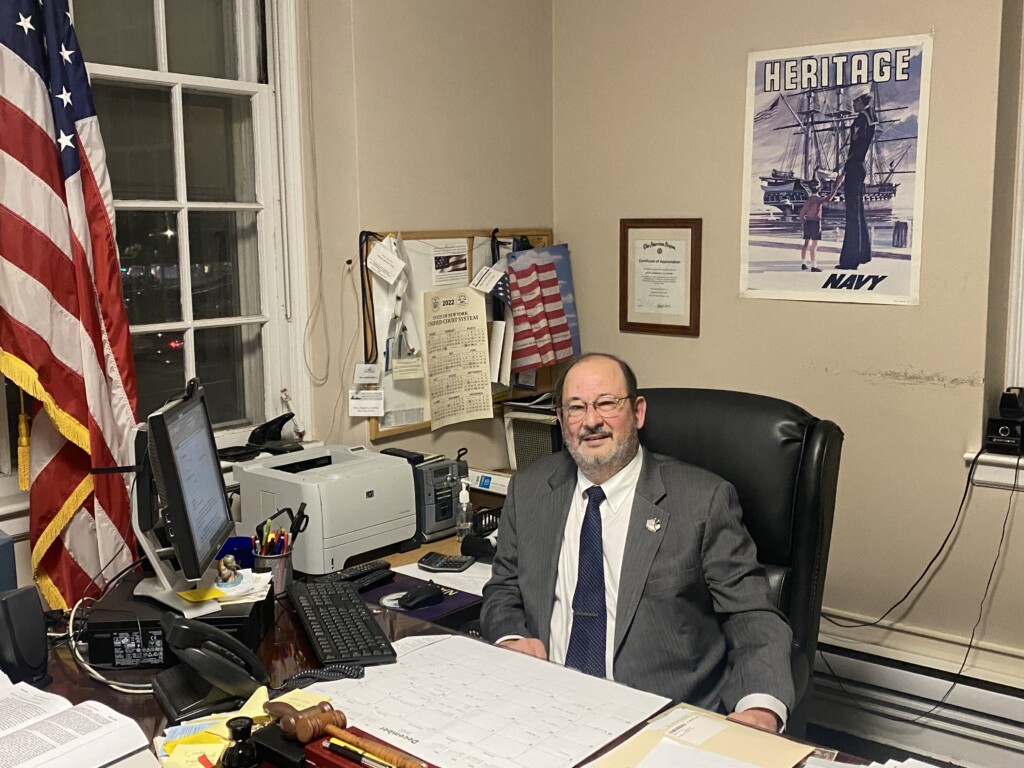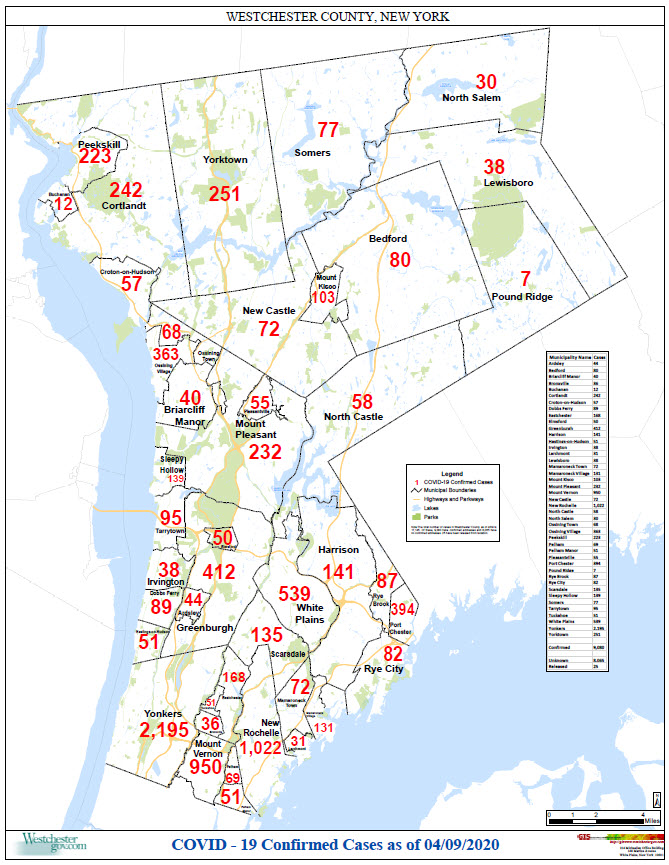Holding Court: What is Reasonable?

Holding Court is a series by retired Rye City Court Judge Joe Latwin. Latwin retired from the court in December 2022 after thirteen years of service to the City.
What topics do you want addressed by Judge Latwin? Tell us.
By Joe Latwin
The Fourth Amendment to the United States Constitution and Article I, § 12 of the New York Constitution prohibit “unreasonable searches and seizures”. The Fourth Amendment has a weasel word that permits wiggle room – “unreasonable”. Most other rights in the Bill of Rights are absolute – “Congress shall make no law”; “the right of the people . . . shall not be infringed”; “No Soldier shall . . . be quartered in any house”; “No person shall be held to answer for a capital . . . crime, unless on a presentment or indictment”; and “the accused shall enjoy the right to a speedy and public trial, by an impartial jury”.
“Reasonable” is commonly used in criminal cases where the accused may only be convicted upon proof beyond a reasonable doubt. That means, before the jury can find the defendant guilty of a crime, the People must prove beyond a reasonable doubt every element of the crime. A reasonable doubt is an honest doubt of the defendant’s guilt for which a reason exists based upon the nature and quality of the evidence. It is an actual doubt, not an imaginary doubt. It is a doubt that a reasonable person, acting in a matter of such importance, would be likely to entertain because of the evidence that was presented or because of the lack of convincing evidence. In other words, a reasonable doubt is a doubt for which there is a reason based upon the evidence, or lack thereof.
Neither the Constitution nor the statutes provide a list of what is reasonable. The decisions of the various courts have defined what is unreasonable. Recently, New York’s highest court was faced with determining whether a search was reasonable.
Two police officers saw what they believed to be a drug transaction. The officers followed defendant’s vehicle from the scene. After seeing defendant engage in evasive driving maneuvers and failing to stop at a stop sign, the officers initiated a traffic stop. Upon questioning, defendant admitted that he did not have a valid driver’s license, and his explanation of his destination and origin did not align with what the officers had observed. When defendant stepped out of his vehicle, the officers noticed a bulge in his pants that he explained was $1,000 cash. After defendant declined the officers’ request for consent to search his vehicle, one of the officers retrieved a Belgian Malinois dog to sniff-test the vehicle for the presence of narcotics. As the dog was led toward the vehicle it began to pull on its leash toward defendant indicating to the officer that the dog was “in odor” and had caught the scent of narcotics. After being redirected to the vehicle, the canine jumped into the driver’s seat and again indicated that it was in odor. The officer then decided to see if there’s any odor on the defendant. The dog indicated for the third time that it was in odor, put its nose in defendant’s “groin/buttock region,” and sat, alerting the officer that it had located narcotics. When the officer stated that “[t]he dog has got something,” defendant ran. The officers and the dog pursued and ultimately apprehended defendant. Because they had seen defendant reach into his pants as he fled, the officers conducted a search of the surrounding area and recovered a plastic bag containing 76 glassine envelopes of heroin, which defendant admitted belonged to him.
In court, the Defendant moved to suppress evidence of the drugs, arguing that the officers’ use of a canine to search his vehicle and person was unlawful. The trial court denied the motion, reasoning that the sniff of defendant’s person was not a search because there is no “reasonable expectation of privacy in the air surrounding a person.” Following the ruling, defendant pleaded guilty and appealed from the resulting judgment.
The trial court held that the use of a canine to sniff defendant’s body for the presence of narcotics qualified as a search. This is true even if the dog did not make actual contact with defendant and sniffed only the air closely surrounding his person. The lack of direct physical contact is not dispositive instead it depends on whether the conduct compromises personal dignity and violates reasonable social expectations concerning the security of one’s body and the privacy of related matters. It is not part of the social convention for strangers to enter each other’s personal space for the specific purpose of sniffing each other; such conduct is likely to be considered alarming and intrusive. Even with pets, it is generally considered rude to allow one’s dog to approach and intensively sniff a stranger without consent. Introducing a trained police dog to explore otherwise undetectable odors in the hopes of discovering incriminating evidence is “something else” entirely; it goes far beyond any implied social license or reasonable expectation. The search was unreasonable and the evidence of the narcotics was suppressed.





